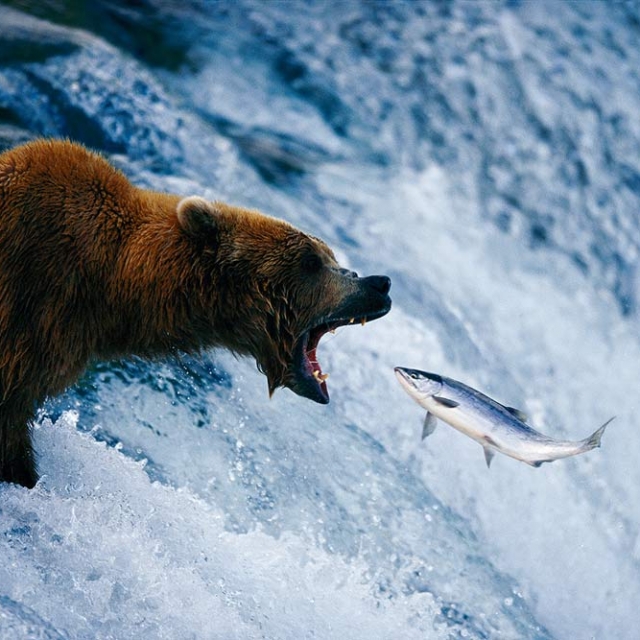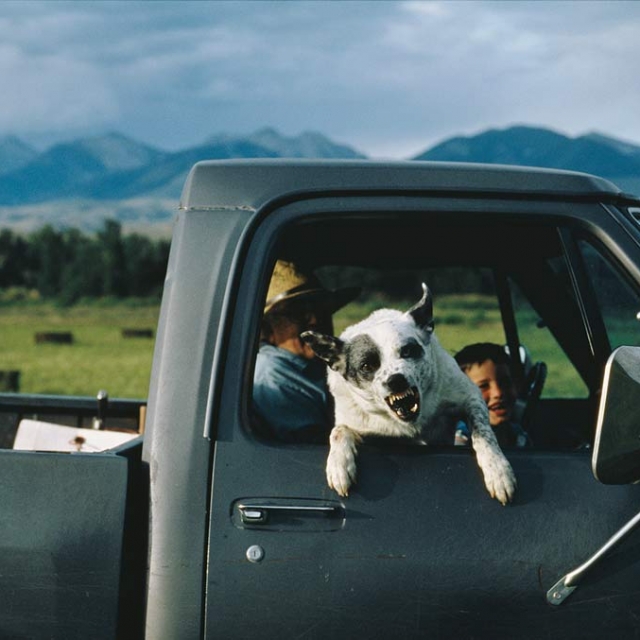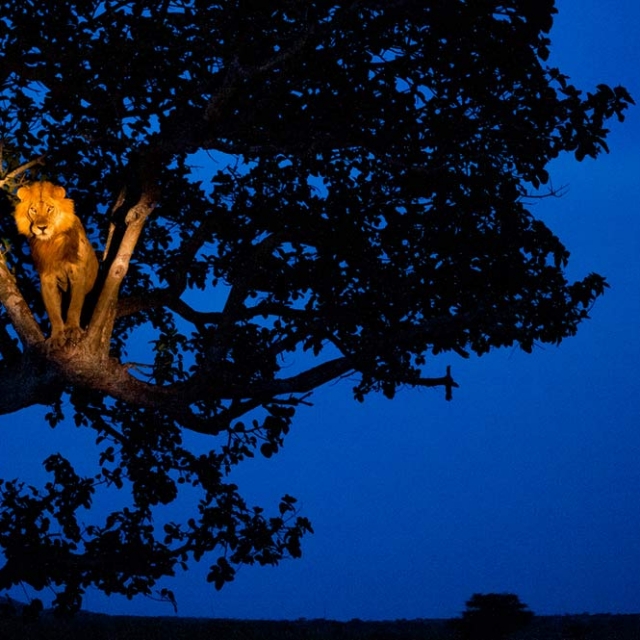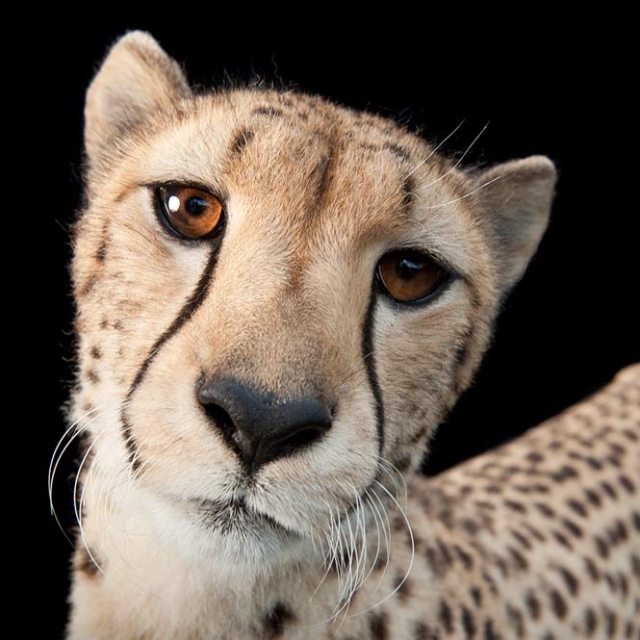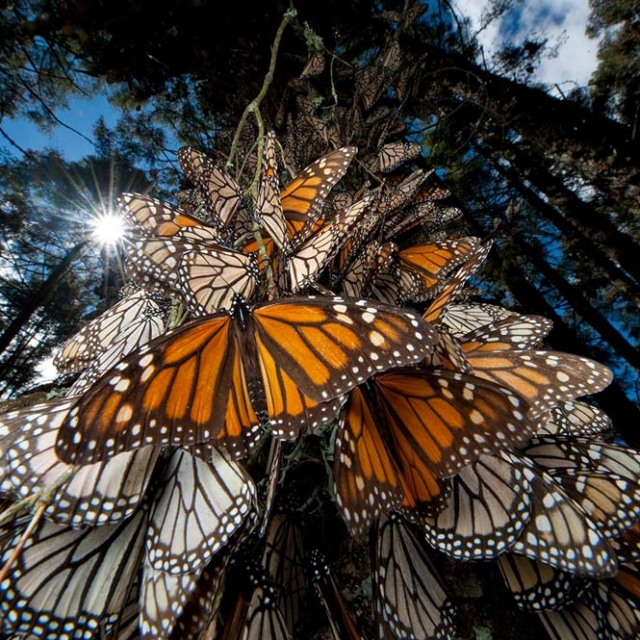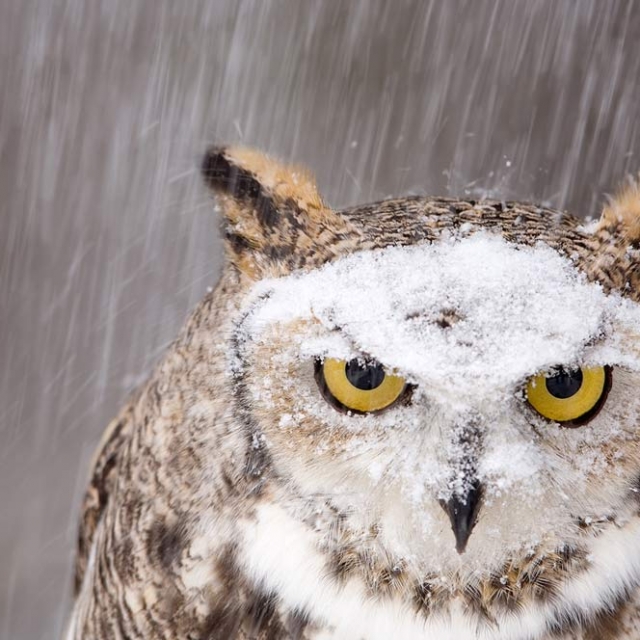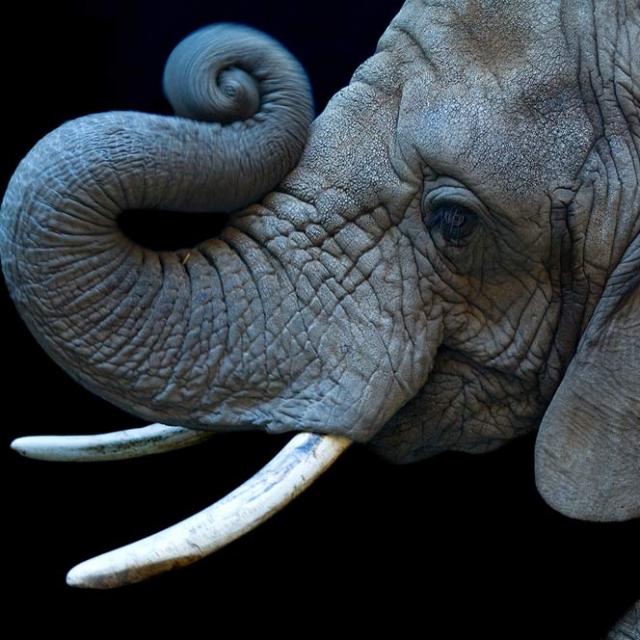Joel Sartore
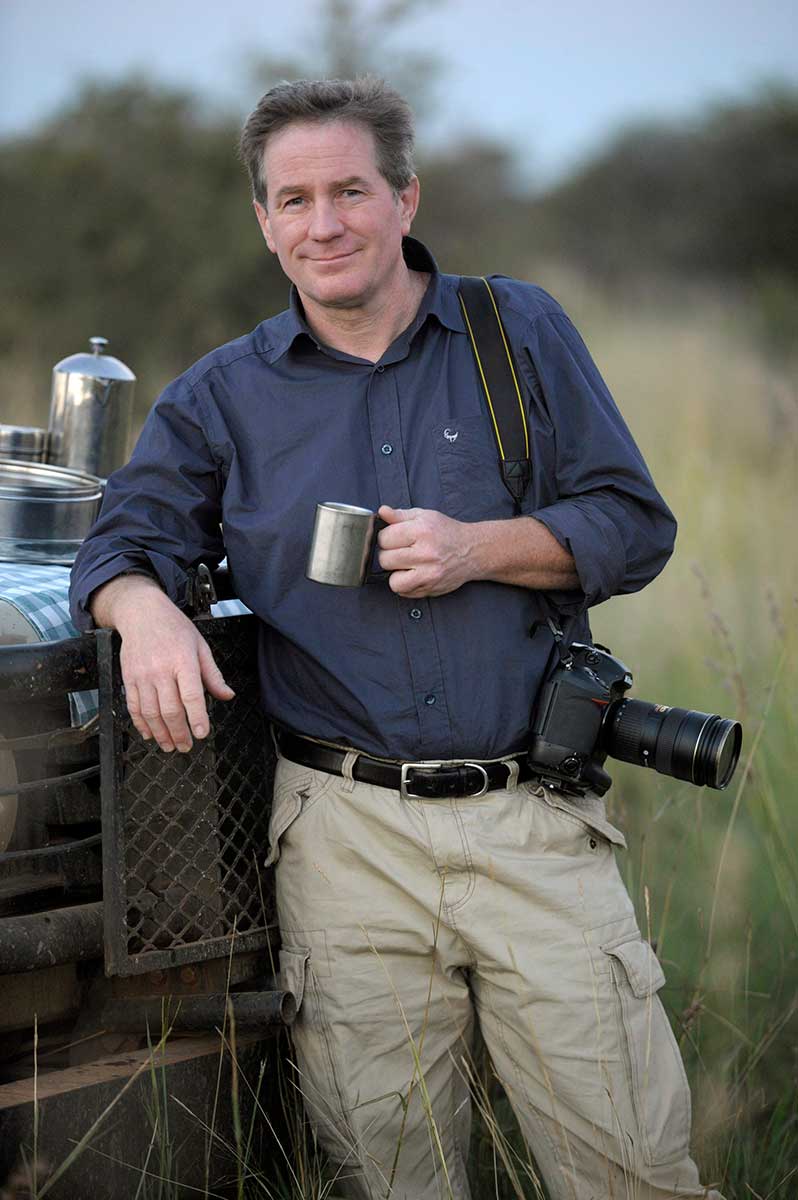
About
A life-long Nebraskan, Joel Sartore (www.joelsartore.com) (http://photoark.com/) brings a sense of humor and a mid-western work ethic to all of his National Geographic magazine assignments. More than two decades with the National Geographic Society have allowed him to cover everything from the High Arctic to Antarctica, from the Great Rift of Africa to America’s state fairs. Joel is committed to conservation, especially in the Great Plains where he has lived his whole life. In his time with National Geographic, he has focused on endangered species and land use issues. He is co-founder of the Grassland Foundation, is on the national board of Defenders of Wildlife, and is a founding member of the International League of Conservation Photographers. He has written several books including, Rare: Portraits of America’s Endangered Species, Photographing Your Family, Face to Face with Grizzlies, and Nebraska: Under a Big Red Sky. His most recent book, Let’s Be Reasonable, is now available through www.joelsartore.com. Besides the work he has done for National Geographic, Joel has completed assignments for Time, Life, Newsweek, Sports Illustrated, The New York Times, and contributed to hundreds of book projects. Joel and his work have been the subject of several national broadcasts including National Geographic’s Explorer, the NBC Nightly News, NPR’s Weekend Edition, CNN’s Anderson Cooper 360 and an hour-long PBS documentary, At Close Range. He is also a regular contributor on the CBS Sunday Morning Show with Charles Osgood.
Gallery
LACP Interviews Joel Sartore
LACP asks Joel Sartore ten questions about his background, career in and beliefs about photography.
Los Angeles Center of Photography: What kind of photographer are you?
Joel Sartore: I would like my photos to make the world a better place, long after I’m gone. To me, that’s the power of still photography, and the whole idea behind my Photo Ark project.
LACP: How long have you been shooting?
JS: Since I was 19 years old. That’s 34 years.
LACP: Where did you get your training?
JS: From George Tuck and Julia Dean at the Univ of Nebraska. After graduation, I got more training at the Wichita Eagle, Kansas’ largest newspaper. I still feel like I’m training every day though, even after 25 years as a contributing photographer with National Geographic Magazine.
LACP: When did you know you wanted to devote your life to photography?
JS: It was the only course in college that I got A’s in, and time just flew by. That’s when I knew that photography was for me.
LACP: Did you ever come close to giving up?
JS: Nope.
LACP: Have you sacrificed anything by being a photographer?
JS: Yes, I’ve missed a lot of special family events (birthdays, wedding anniversaries, school plays, etc.).
LACP: What have you gained by being a photographer?
JS: I’ve been able to see the world, and save species and their habitats. Not as many as I’d like but some, and that’s a very good feeling.
LACP: What classes do you teach at LACP?
JS: How to see well, how to tell powerful stories with images.
LACP: What do you love most about teaching?
JS: I like the fact that I’m helping people, and that we often become lifelong friends.
LACP: What advice would you give someone who is thinking about making a career in photography?
JS: It’s hard but it certainly can be done. Find a niche that you love, then pursue that with everything you’ve got. I know photographers who are thriving right now in terms of making a living, but they’re the best at what they do. When you’re the best, the world beats a path to your door.
